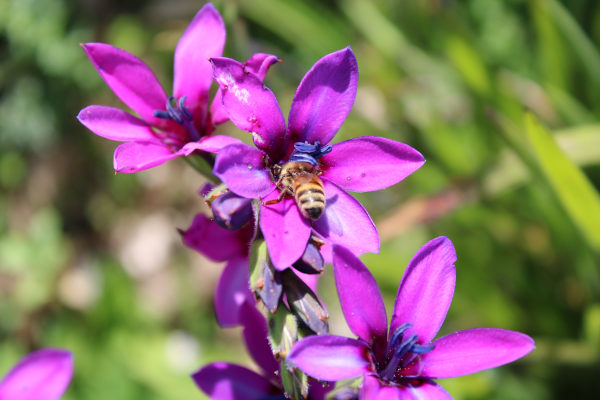How to grow Ixia
Belonging to the iris family, ixia is a genus of around 50 species of cormous perennials found growing throughout South Africa. They are cultivated for their open, star-shaped, brightly coloured flowers often with darker centres, which are held on wiry stems above narrow, grassy foliage.
Ixia is also known by the common name of corn lily.
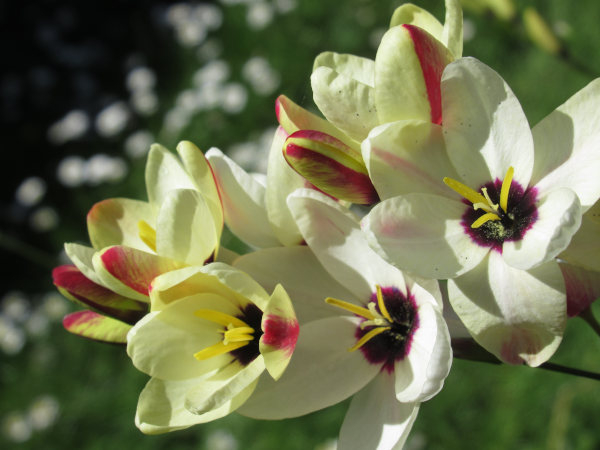
Key Information
Soil pH
Position
Hardiness

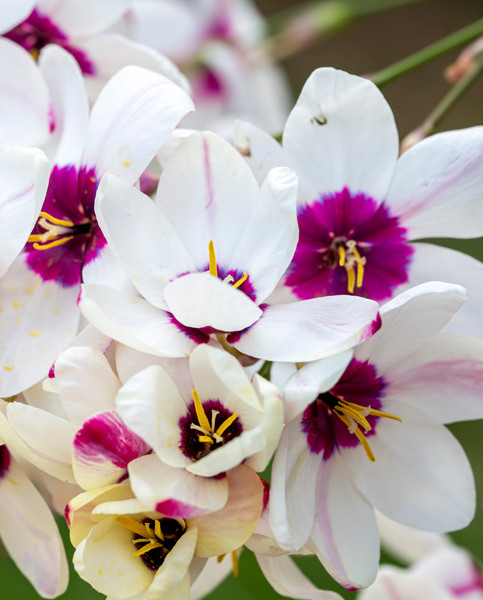
Where to plant Ixia
Position- Full sun
Soil- Moderately fertile and well-drained
Flowering Period- Spring and summer
Hardiness- Half hardy
We send our ixia out as corms in spring. If they arrive before the last risk of frost has passed in your area (generally around mid to late May), pot up as below and keep in a cool, frost-free environment such as an unheated conservatory or greenhouse until it is safe to move them outside. Alternatively, you can simply store the dry corms in a cool, frost-free environment until it is time to plant them out, though the head start achieved from potting on arrival will result in an earlier and longer flowering period.
Ixia is often used by gardeners to add an unusual splash of colour to the front of a border, along the base of a wall, or in a container display. If you garden in a very cold or wet area the corms will need to be lifted and stored over winter, so using a bulb basket can also be a good option.
How to plant Ixia
In a container
- Choose an appropriate container. This may be a large, decorative container in which the ixia will remain throughout the growing season, or individual plastic pots used as a temporary measure before planting into the ground once risk of frost has passed. Either way, ensure there are plenty of drainage holes in the bottom.
- If you are using a large pot, it can be a good idea to fill and plant it in situ to save yourself the trouble of moving once full.
- Use a good quality potting compost with plenty of horticultural grit mixed in (aim for around 30% grit), and, if not already present in the compost (check the description on the bag) some slow-release fertiliser granules.
- Start by partially filling the container with compost; enough so that when placed (pointy side up) on the surface the corms are about 10cm lower than the top of the pot.
- For permanent containers of multiple plants allow approximately 10cm between each corm.
- Fill the remainder of the container with compost, firming down with your fingers then adding a little more so the plant is held tight. Make sure there is a small gap between the surface of the compost and the top of the container.
- Pick up the container and lightly tap on the potting bench or ground a few times to help further settle the compost around the plant.
- Soak well with water.
- For permanent containers, a mulch with horticultural grit will look attractive and help to prevent a ‘cap’ or crust forming on the top of the compost (something container plants can suffer due to the artificial nature of their watering).
In the ground
- Clear the chosen area of weeds.
- Dig a planting hole several times larger than the root ball (if pre-potted), or corm. It is a good idea to mix in some well-rotted organic matter and horticultural grit at this stage.
- Place in the hole, ensuring the corm is at a depth of around 10cm.
- Backfill with soil and firm in gently.
- Soak well with water.

What to plant with Ixia
While ixia mixes easily in pretty much any brightly coloured planting scheme, nothing quite beats seeing it alongside fellow South African plants. This may include beauties such as arctotis, felicia, osteospermum, gerbera, bulbine, hesperantha, kniphofia and nerine. A dazzling and vibrant display awaits!
If you would like any further planting ideas or growing advice for your ixia, please contact our friendly and knowledgeable Customer Care Team - we will be more than happy to help you!
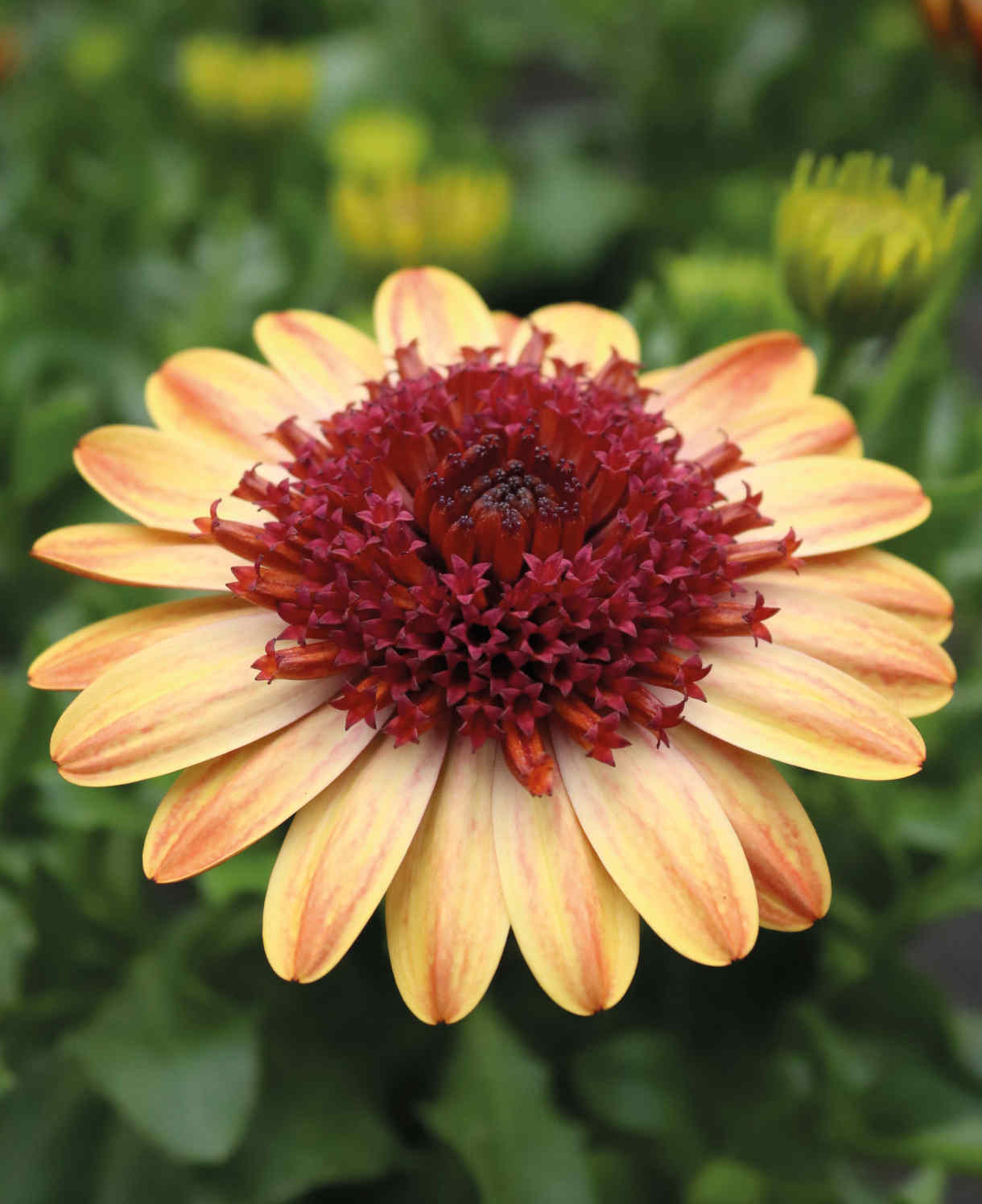
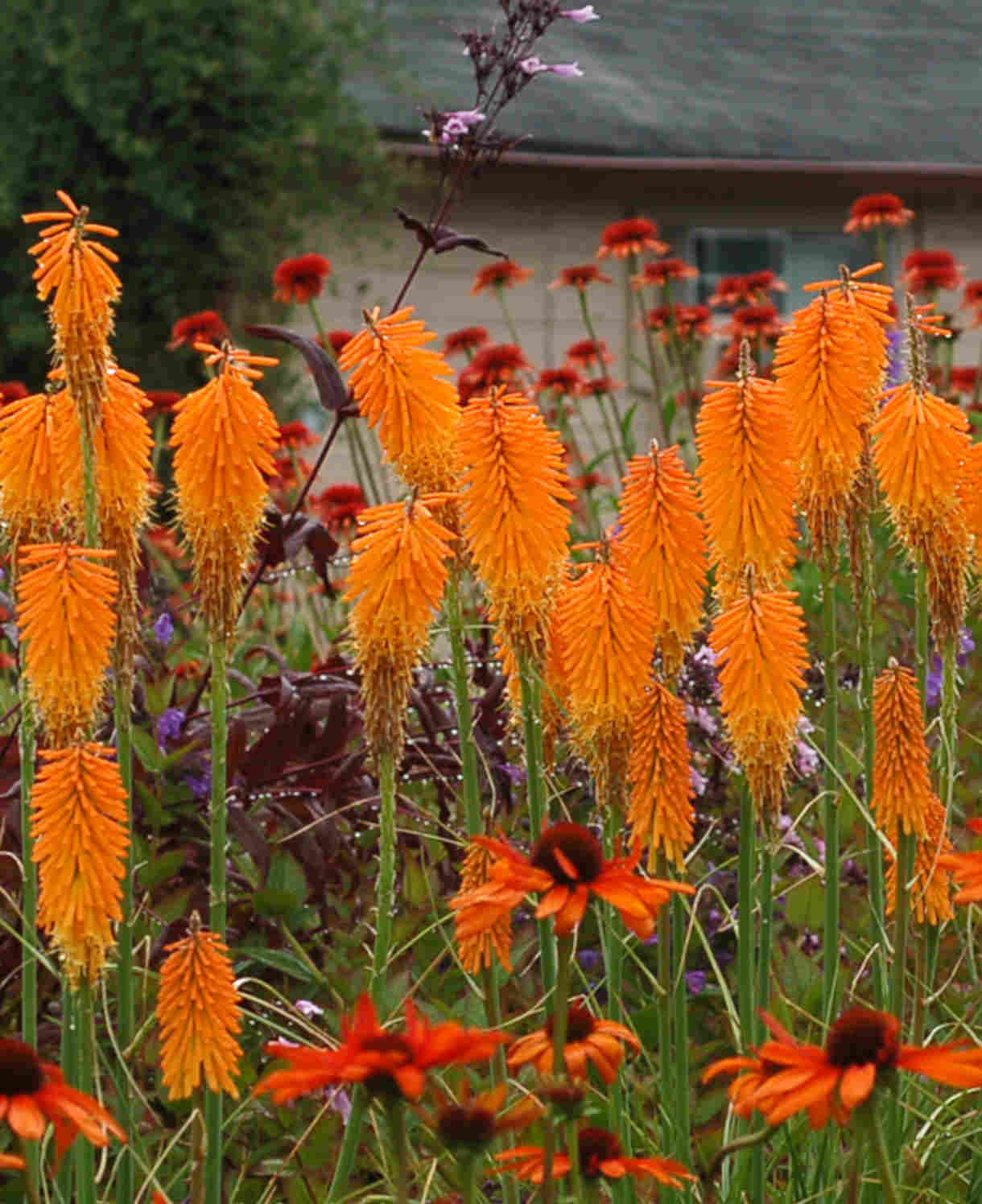
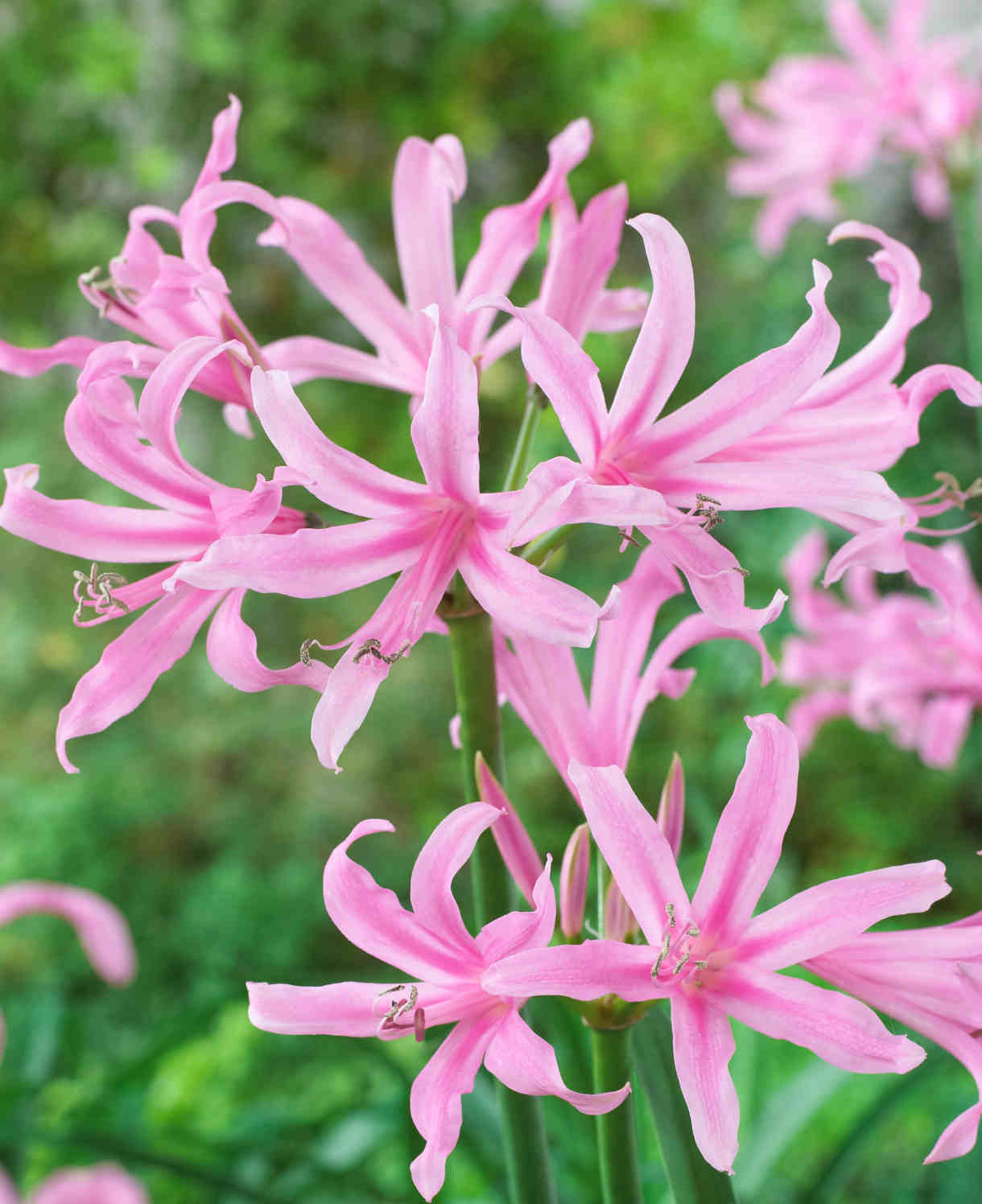
How to care for Ixia
Pruning and Deadheading
The foliage of ixia should be left to die back naturally, and only removed once yellow and withered. Other than this, no pruning is required.
Watering
Water until established, after which this drought tolerant plant tends to take care of itself.
Container-grown ixia will require watering regularly throughout the growing season. Allow the top few centimetres of compost to dry out between soakings. Cease watering once the foliage has died back. One application of liquid feed in autumn will help boost energy reserves in the corm for flowering the following year.
Cold Protection
Much like dahlias, ixias are half-hardy and in most UK winters will need some form of protection from the cold and wet. Many gardeners lift and store the tubers in a dry, frost-free environment (this is advisable in cold, wet areas), while others prefer to leave them in the ground with a thick layer of insulating dry mulch (suitable for those in milder areas or gardening on sandy soil).
Ixia grown in a container can either be moved into a cool greenhouse or conservatory and kept dry until late winter/ early spring, or if you do not have the space for this, lift and store the corms as above.
Pests and Diseases
Ixia tends to be trouble-free.
How to propagate Ixia
The quickest and most effective way to propagate ixia is by separating offsets (baby corms which form on the ‘mother’ corm). This should be done when the plant has entered dormancy in late summer.
- Once you are certain your ixia is dormant (indicated by withered, yellow foliage), carefully use a fork to lift corms out of the ground.
- Shake and rub off any soil.
- Gently tease away any offsets which have formed around the main corm.
- Place the offsets and larger corms in a cool, dry place for a few weeks to allow them to fully dry out.
- Pack in a tray or box with sand or dry compost.
- Store somewhere cool and dry such as a shed or unheated greenhouse, until ready to pot up the following spring (as above in the ‘How to plant ixia’ section).
Common Ixia Questions:
Does ixia need full sun?
The closest you can match the natural habitat of ixia (i.e., open grassland in South Africa), the more your plant will thrive. This means as much sun as your garden has to offer.
You may get away with a very small amount of shade, though deep shade is a definite no.
How tall does ixia grow?
The height of ixia can vary between species, though those we sell all grow to around 50cm.
How far apart do I plant ixia?
We recommend spacing ixia corms approximately 10cm apart.
